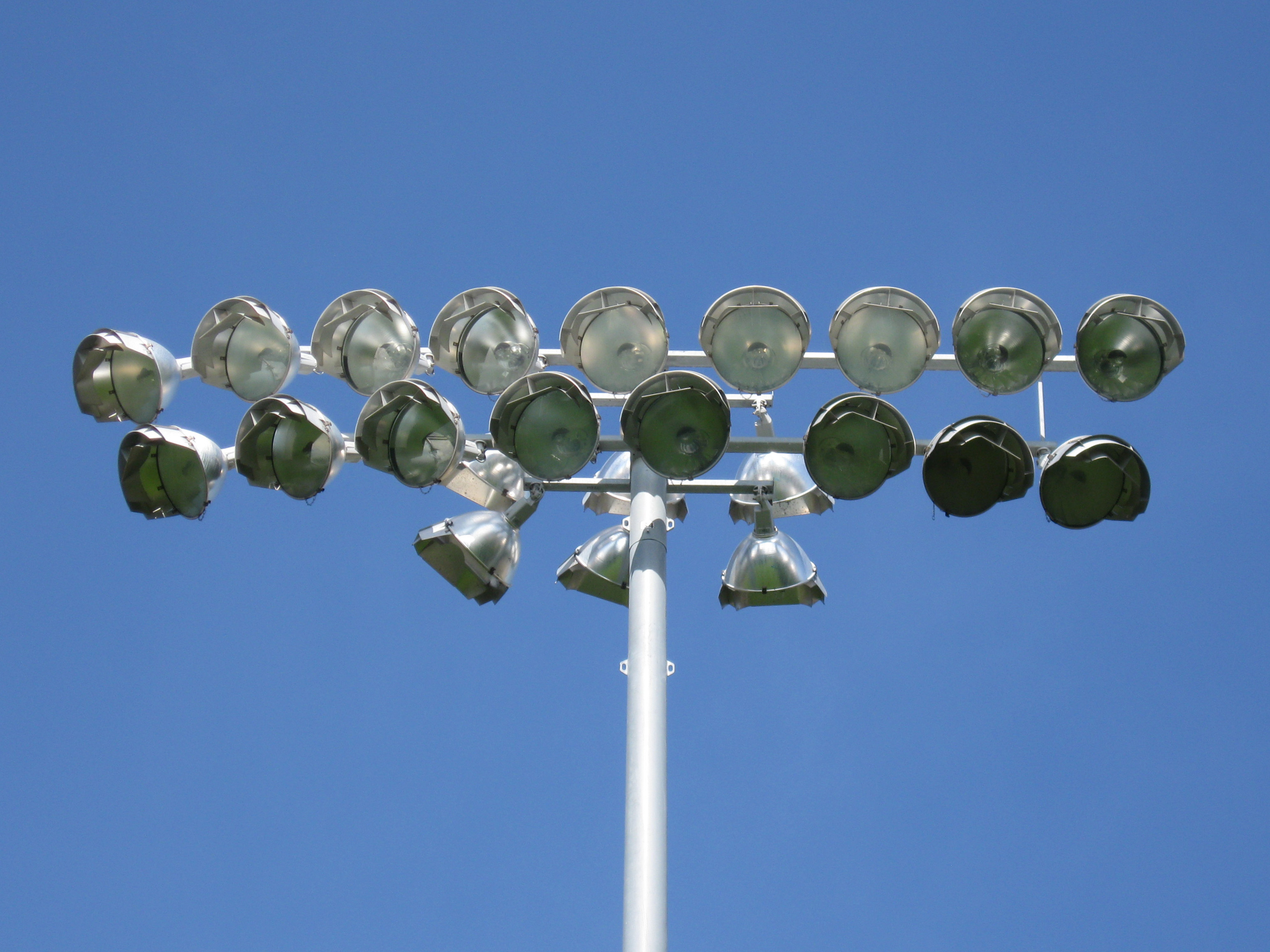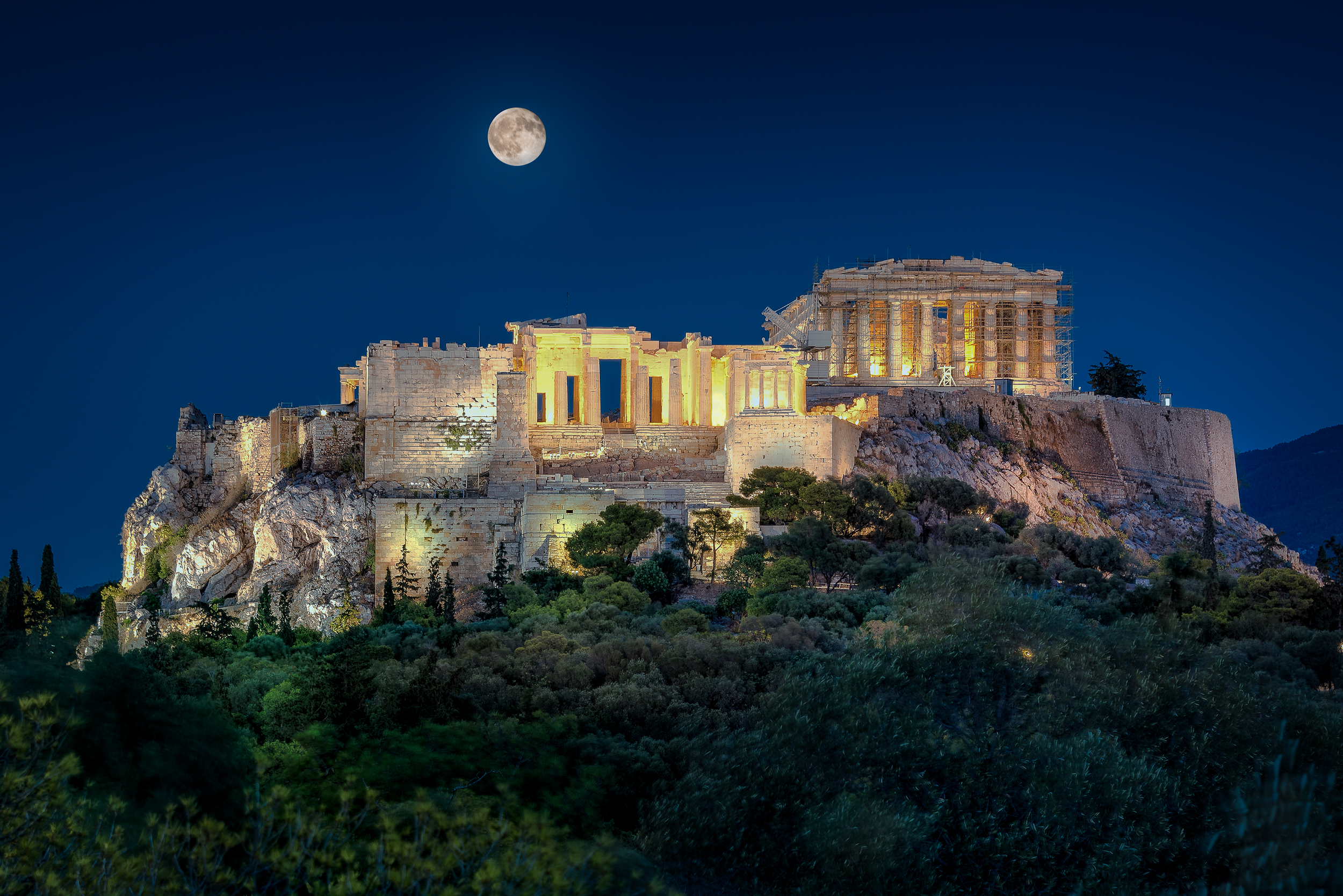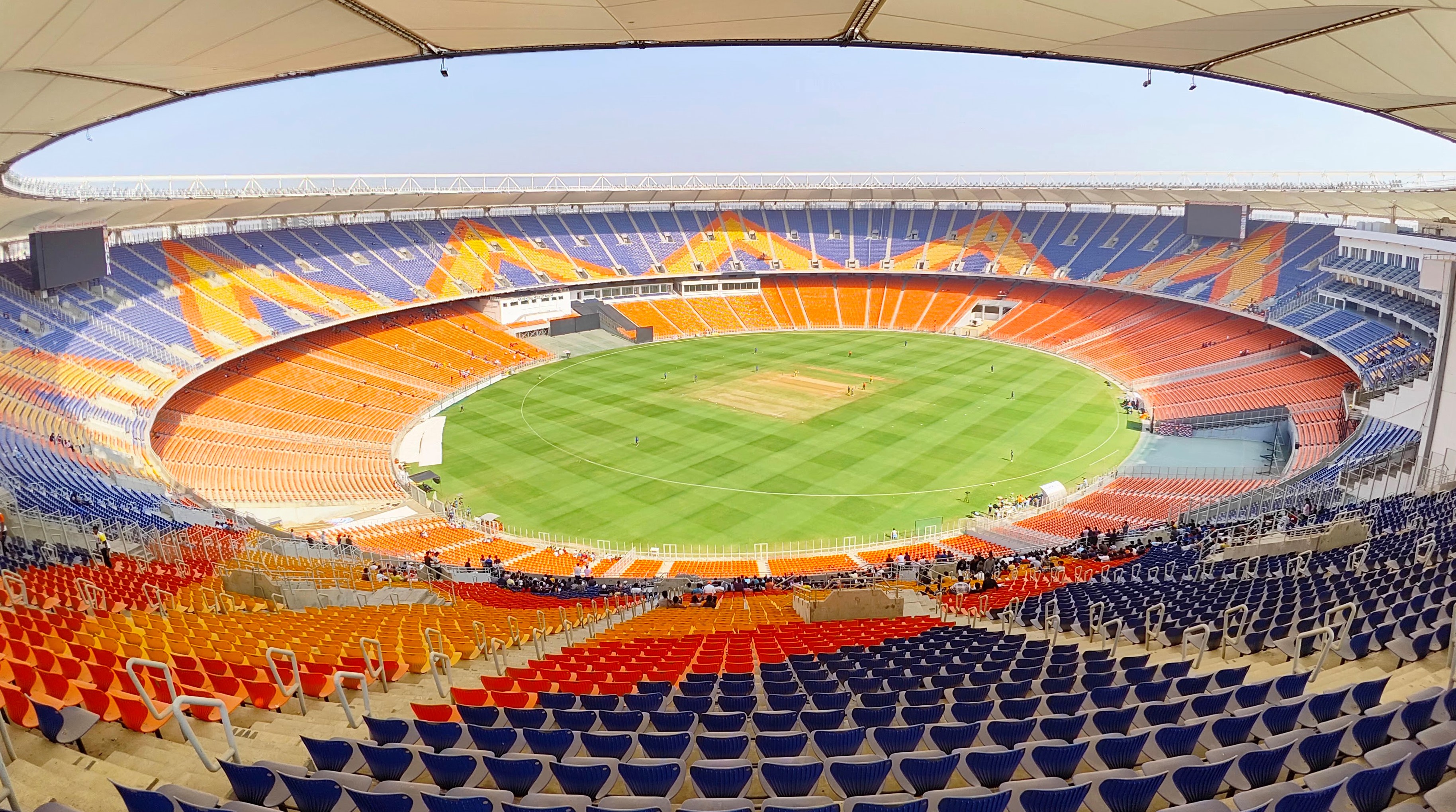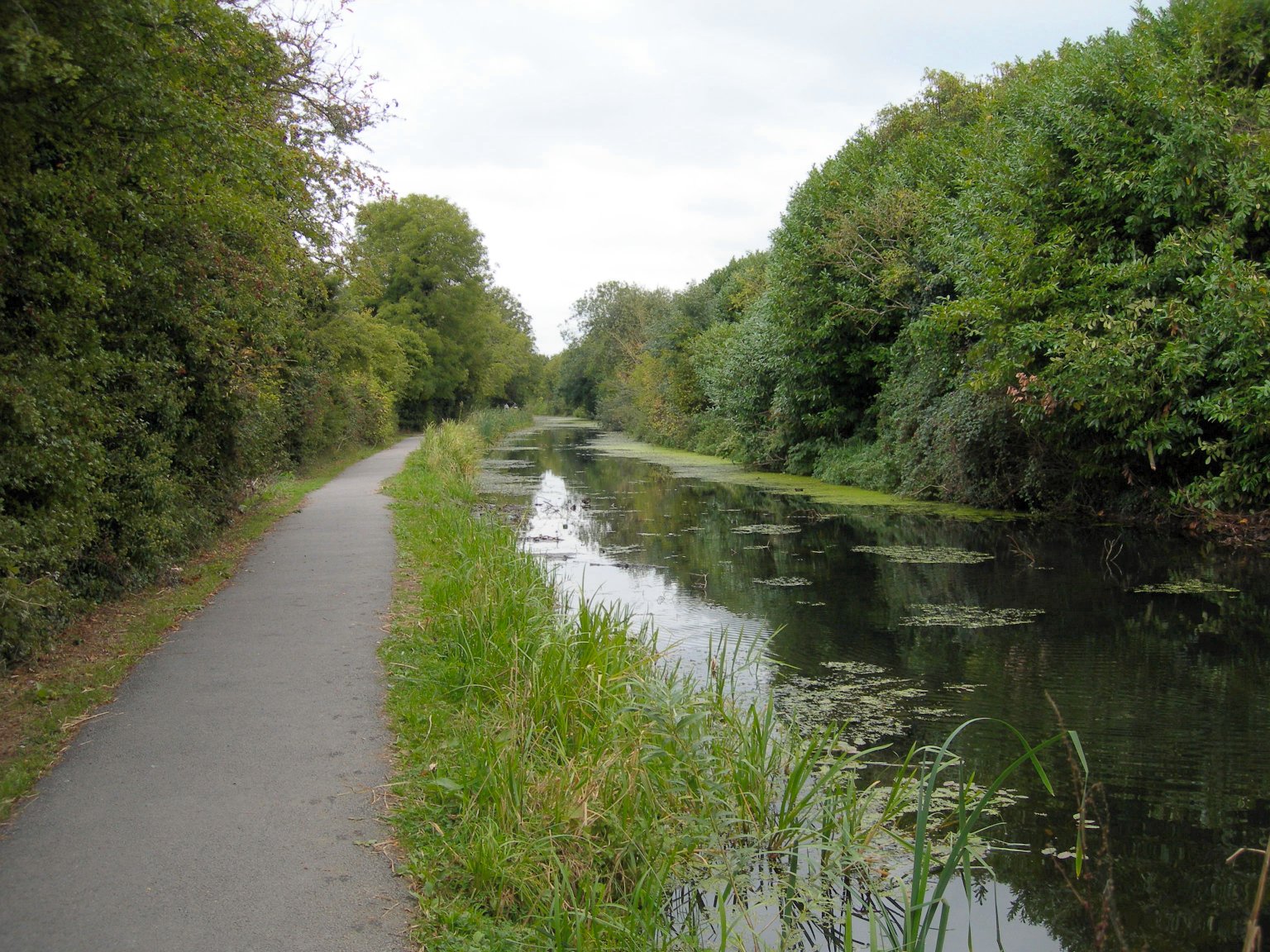|
Floodlights
A floodlight is a broad-beamed, gas discharge lamp#High-intensity discharge lamps, high-intensity artificial light. It can provide functional area lighting for travel-ways, parking, entrances, work areas, and sporting venues to enable visibility adequate for safe task performance, ornamental lighting for advertising, façades, monuments, or support perimeter security. Floodlights are often used to illuminate outdoor playing fields while an outdoor sports event is Night game, being held during low-light conditions. More focused kinds are often used as a Stage lighting instrument#Floodlights, stage lighting instrument in live performances such as concerts and play (theatre), plays. Floodlights may also be used to add effects to buildings at night, called architectural illumination. Types The most common type of floodlight was the metal-halide lamp, which emits a bright white light (typically 75–100 lumens/Watt). Sodium-vapor lamps are also commonly used for sporting event ... [...More Info...] [...Related Items...] OR: [Wikipedia] [Google] [Baidu] |
Night Game
A night game, also called a nighter, is a sporting event that takes place, completely or partially, after the local sunset. Depending on the sport, this can be done either with Floodlights (sport), floodlights or with the usual low-light conditions. The term "night game" is typically used only in reference to sports traditionally held outdoors. Although indoor sporting events often take place after local sunset, these events are artificially lighted regardless of the time of day they take place. Baseball A baseball game was played under electric lighting in 1880, the year after Thomas Edison invented the light bulb. It was an experimental game between two department store teams, and it would take another fifty years before organized baseball would sanction night baseball. In 1892, the Texas League, Texas League's Houston Buffaloes played at night using Arc lamp, arc lights. There were a couple of exhibition night baseball games in the early 1900s between organized baseball teams ... [...More Info...] [...Related Items...] OR: [Wikipedia] [Google] [Baidu] |
Stage Lighting Instrument
Stage lighting instruments (lanterns, or luminaires in Europe) are used in stage lighting to illuminate theatrical productions, concerts, and other performances taking place in live performance venues. They are also used to light television studios and sound stages. Many stagecraft terms vary between the United States and the United Kingdom. In the United States, lighting fixtures are often called "instruments" or "units". In the UK, they are called "lanterns" or "luminaires". This article mainly uses terms common to the United States. Components :''See the picture at the top of the page for the physical location of most components.'' Stage lighting instruments all have the following components: Housing The lamp housing is a metal or plastic container that serves as a body for the entire instrument and prevents light from spilling in unwanted directions. It comprises all of the exterior of the fixture except for the lens or opening. The housing may be designed with specific e ... [...More Info...] [...Related Items...] OR: [Wikipedia] [Google] [Baidu] |
Artificial Light
Lighting or illumination is the deliberate use of light to achieve practical or aesthetic effects. Lighting includes the use of both artificial light sources like lamps and light fixtures, as well as natural illumination by capturing daylight. Daylighting (using windows, skylights, or light shelves) is sometimes used as the main source of light during daytime in buildings. This can save energy in place of using artificial lighting, which represents a major component of energy consumption in buildings. Proper lighting can enhance task performance, improve the appearance of an area, or have positive psychological effects on occupants. Indoor lighting is usually accomplished using light fixtures, and is a key part of interior design. Lighting can also be an intrinsic component of landscape projects. History With the discovery of fire, the earliest form of artificial lighting used to illuminate an area were campfires or torches. As early as 400,000 years ago, fire was kindled ... [...More Info...] [...Related Items...] OR: [Wikipedia] [Google] [Baidu] |
Stadium
A stadium (: stadiums or stadia) is a place or venue for (mostly) outdoor sports, concerts, or other events and consists of a field or stage completely or partially surrounded by a tiered structure designed to allow spectators to stand or sit and view the event. Pausanias noted that for about half a century the only event at the ancient Greek Olympic festival was the race that comprised one length of the stadion at Olympia, where the word "stadium" originated. Most of the stadiums with a capacity of at least 10,000 are used for association football. Other popular stadium sports include gridiron football, baseball, cricket, the various codes of rugby, field lacrosse, bandy, and bullfighting. Many large sports venues are also used for concerts. Etymology "Stadium" is the Latin form of the Greek word " stadion" (''στάδιον''), a measure of length equalling the length of 600 human feet. As feet are of variable length the exact length of a stadion depends on the ex ... [...More Info...] [...Related Items...] OR: [Wikipedia] [Google] [Baidu] |
Halogen Lamp
A halogen lamp (also called tungsten halogen, quartz-halogen, and quartz iodine lamp) is an incandescent lamp consisting of a tungsten filament sealed in a compact transparent envelope that is filled with a mixture of an inert gas and a small amount of a halogen, such as iodine or bromine. The combination of the halogen gas and the tungsten filament produces a halogen-cycle chemical reaction, which redeposits evaporated tungsten on the filament, increasing its life and maintaining the clarity of the envelope. This allows the filament to operate at a higher temperature than a standard incandescent lamp of similar power and operating life; this also produces light with higher luminous efficacy and color temperature. The small size of halogen lamps permits their use in compact optical systems for projectors and illumination. The small glass envelope may be enclosed in a much larger outer glass bulb, which has a lower temperature, protects the inner bulb from contamination, and ... [...More Info...] [...Related Items...] OR: [Wikipedia] [Google] [Baidu] |
Playing Field
Play is a range of Motivation#Intrinsic and extrinsic, intrinsically motivated activities done for recreation. Play is commonly associated with children and juvenile-level activities, but may be engaged in at any life stage, and among other higher-functioning animals as well, most notably mammals and birds. Play is often interpreted as frivolous; yet the player can be intently focused on their objective, particularly when play is structured and goal-oriented, as in a game. Accordingly, play can range from relaxed, free-spirited, spontaneous, and frivolous to planned or even compulsive. Play is not just a pastime activity; it has the potential to serve as an important tool in numerous aspects of daily life for adolescents, adults, and cognitively advanced non-human species (such as primates). Not only does play promote and aid in physical development (such as hand-eye coordination), but it also aids in cognitive development and social skills, and can even act as a stepping stone i ... [...More Info...] [...Related Items...] OR: [Wikipedia] [Google] [Baidu] |
Gas Discharge Lamp
Gas-discharge lamps are a family of artificial light sources that generate light by sending an electric discharge through an ionized gas, a plasma. Typically, such lamps use a noble gas (argon, neon, krypton, and xenon) or a mixture of these gases. Some include additional substances, such as mercury, sodium, and metal halides, which are vaporized during start-up to become part of the gas mixture. Single-ended self-starting lamps are insulated with a mica disc and contained in a borosilicate glass gas discharge tube (arc tube) and a metal cap. They include the sodium-vapor lamp that is the gas-discharge lamp in street lighting. In operation, some of the electrons are forced to leave the atoms of the gas near the anode by the electric field applied between the two electrodes, leaving these atoms positively ionized. The free electrons thus released flow to the anode, while the cations thus formed are accelerated by the electric field and flow towards the cathode. The ions ty ... [...More Info...] [...Related Items...] OR: [Wikipedia] [Google] [Baidu] |
Football Electric Lighting MCG 1879
Football is a family of team sports that involve, to varying degrees, kicking a ball to score a goal. Unqualified, the word ''football'' generally means the form of football that is the most popular where the word is used. Sports commonly called ''football'' include association football (known as ''soccer'' in Australia, Canada, South Africa, the United States, and sometimes in Ireland and New Zealand); Australian rules football; Gaelic football; gridiron football (specifically American football, arena football, or Canadian football); International rules football; rugby league football; and rugby union football. These various forms of football share, to varying degrees, common origins and are known as "football codes". There are a number of references to traditional, ancient, or prehistoric ball games played in many different parts of the world. Contemporary codes of football can be traced back to the codification of these games at English public schools during the 19th c ... [...More Info...] [...Related Items...] OR: [Wikipedia] [Google] [Baidu] |
Swindon
Swindon () is a town in Wiltshire, England. At the time of the 2021 Census the population of the built-up area was 183,638, making it the largest settlement in the county. Located at the northeastern edge of the South West England region, Swindon lies on the M4 corridor, 84 miles (135 km) to the west of London and 36 miles (57 km) to the east of Bristol. The Cotswolds lie just to the town's north and the North Wessex Downs to its south. Recorded in the 1086 Domesday Book as ''Suindune'', the arrival of the Great Western Railway in 1843 transformed it from a small market town of 2,500 into a thriving railway hub that would become one of the largest Swindon Works, railway engineering complexes in the world at its peak. This brought with it pioneering amenities such as the UK's first lending library and a 'cradle-to-grave' healthcare centre that was later used as a blueprint for the NHS. Swindon's railway heritage can be primarily seen today with the grade 2 listed Railway Villag ... [...More Info...] [...Related Items...] OR: [Wikipedia] [Google] [Baidu] |
English Heritage
English Heritage (officially the English Heritage Trust) is a charity that manages over 400 historic monuments, buildings and places. These include prehistoric sites, a battlefield, medieval castles, Roman forts, historic industrial sites, Listed building, listed ruins, and architecturally notable English country houses. The charity states that it uses these properties to "bring the story of England to life for over 10 million people each year". Within its portfolio are Stonehenge, Dover Castle, Tintagel Castle, and the "best-preserved" parts of Hadrian's Wall. English Heritage also manages the London blue plaque scheme, which links influential historical figures to particular buildings. When originally formed in 1983, English Heritage was the operating name of an executive non-departmental public body of the Her Majesty's Government, British Government, officially titled the Historic Buildings and Monuments Commission for England, that ran the national system of heritage prot ... [...More Info...] [...Related Items...] OR: [Wikipedia] [Google] [Baidu] |
The Hurlingham Club
The Hurlingham Club is an exclusive private social and athletic club located in the Fulham area of London, England. Founded in 1869, it has a Georgian-style clubhouse set in of grounds. It is a member of the Association of London Clubs. History Early history The Gun Club was formed in 1860 at the Hornsey Wood Tavern, which stood in what today is Finsbury Park in Harringay, London. The creation of the park in 1867 forced a relocation and Frank Heathcote received the permission of Richard Naylor to promote live pigeon shooting at his Hurlingham estate. His next step was the formation of the Hurlingham Club for this purpose and "as an agreeable country resort". The club leased the estate from Naylor in 1869 and in 1874 acquired the land outright for £27,500. The pigeon today forms part of the club's crest. Until 1905, clouds of pigeons were released in the summer from an enclosure near what is now a tennis pavilion. The Prince of Wales (later King Edward VII), an early pa ... [...More Info...] [...Related Items...] OR: [Wikipedia] [Google] [Baidu] |









